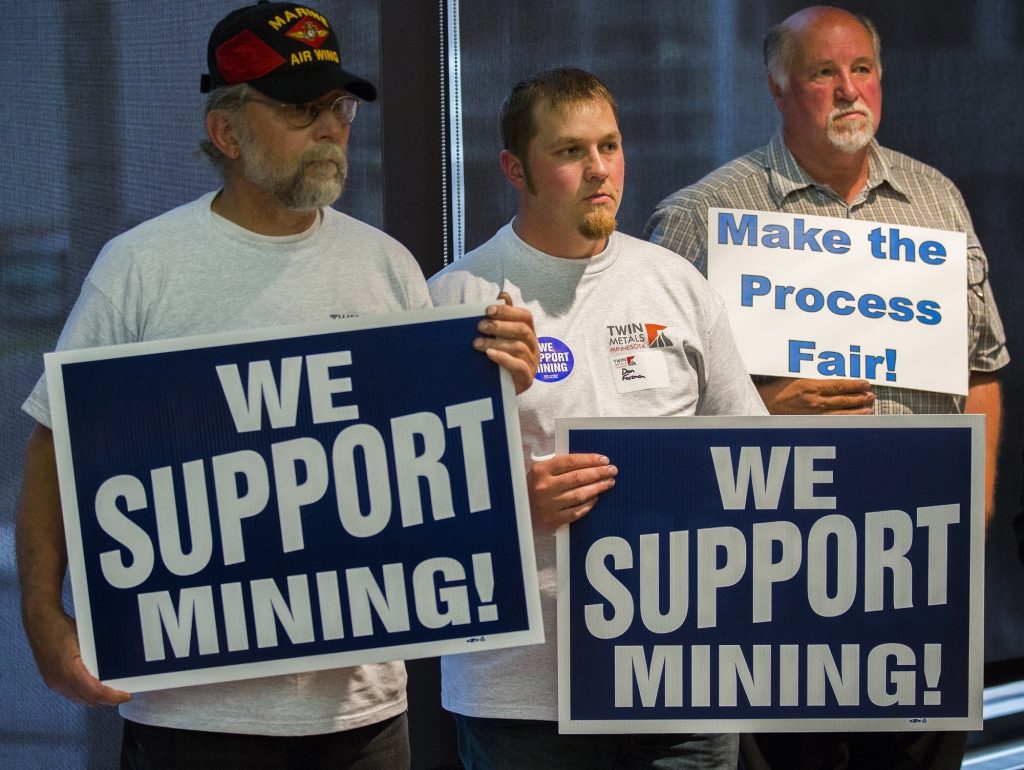The biggest problem with the government’s argument is that even its own analysis shows that many mobile homeowners will lose money with the energy savings. If one considers the new energy standards as a sort of investment—one that pays back money over time but must be financed up front—then mobile-home owners living in single-wide units for the average of 15 years will lose more than $1,000.
Judge Glock
Keeping Mobile Homes Out of Reach
New regulations sacrifice housing affordability on the altar of climate change.
Amid surging home prices, mobile homes, also known as manufactured homes, provide an alternative for 22 million Americans at a fraction of the cost of a typical single-family house.
The federal government wants to close off this option. The Department of Energy proposed a new rule last month that increases the costs of mobile homes by nearly $5,000, or up to 10 percent of their current price. This will put housing further out of the reach of the poorest Americans.
The new rule, aimed at promoting energy efficiency, imposes stringent new standards on everything from insulation to water heaters to air ducts. The Department of Energy says that these standards will save hundreds of dollars a year in energy costs. This argument has fundamental flaws. For one, it assumes that consumers don’t consider energy savings when buying a home, so the government must force them to do so. In fact, decades of economics research show that consumers already calculate energy costs when making purchases. The government isn’t magically providing consumers “savings”; it is merely forcing them to buy more expensive things using less energy than they otherwise would.
The biggest problem with the government’s argument is that even its own analysis shows that many mobile homeowners will lose money with the energy savings. If one considers the new energy standards as a sort of investment—one that pays back money over time but must be financed up front—then mobile-home owners living in single-wide units for the average of 15 years will lose more than $1,000.
Even this estimate overlooks the particular burdens of the mandate on the poor. The government assumes that mobile-home buyers value the future somewhat like big corporations do, and thus they assume annual interest rates for mobile-home purchasers as low as 3 percent. Yet poor people have trouble acquiring such cheap financing. Furthermore, the poor tend to have a much greater need for money today than for money tomorrow; energy savings accruing decades from now are of no use if you go bankrupt this year.
The Department of Energy analysis also shows that the higher costs resulting from the rule will make it harder for companies to construct new mobile homes, leading to an estimated 150,000 fewer mobile homes in total. This amounts to pulling out the rung at the very bottom of the housing market.



